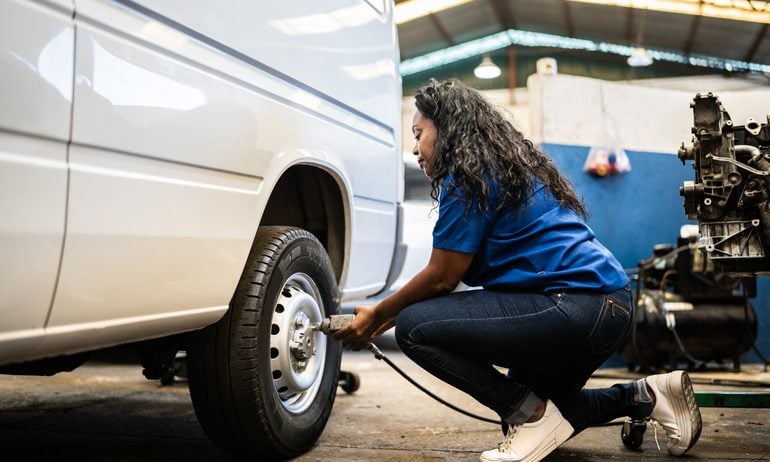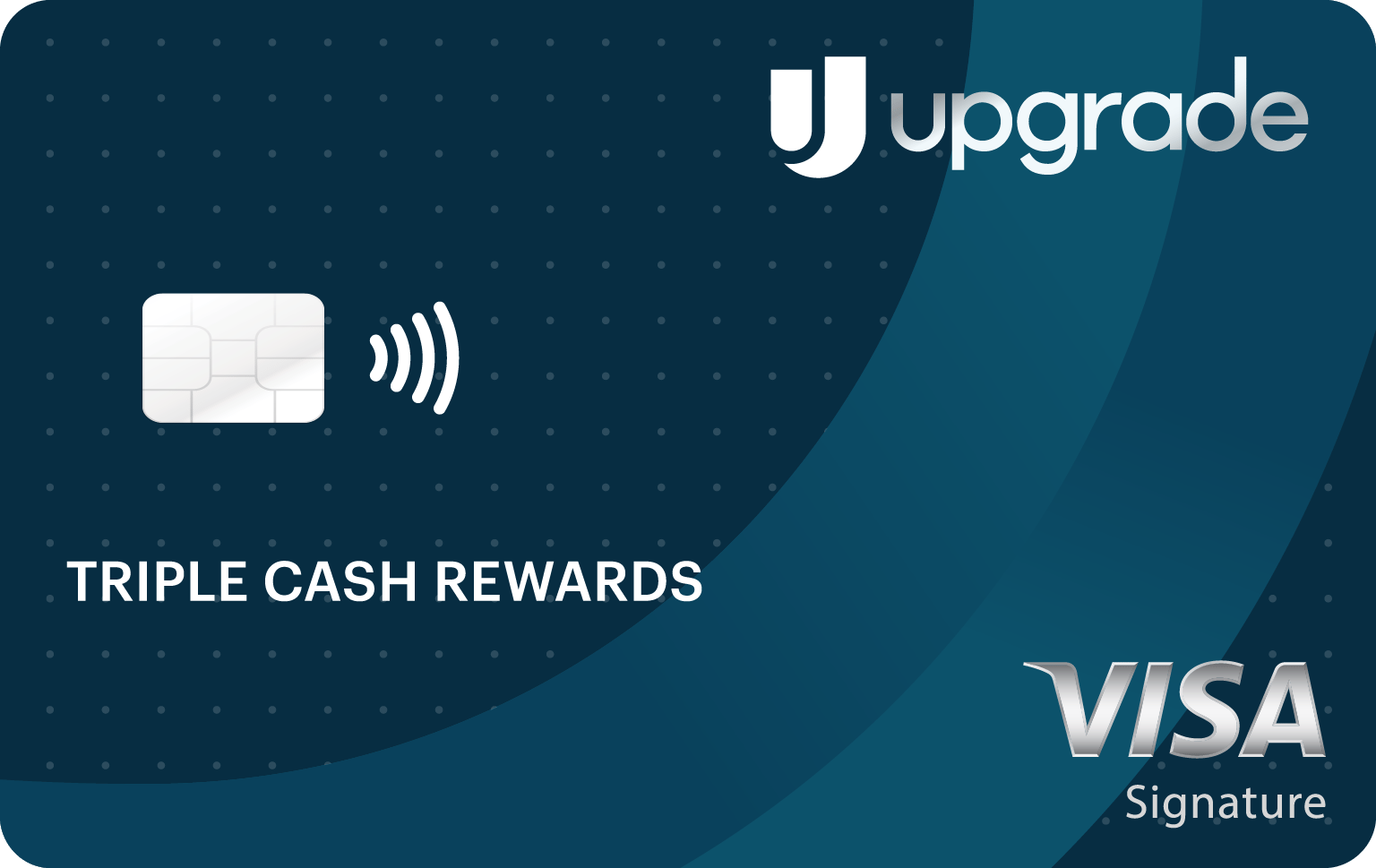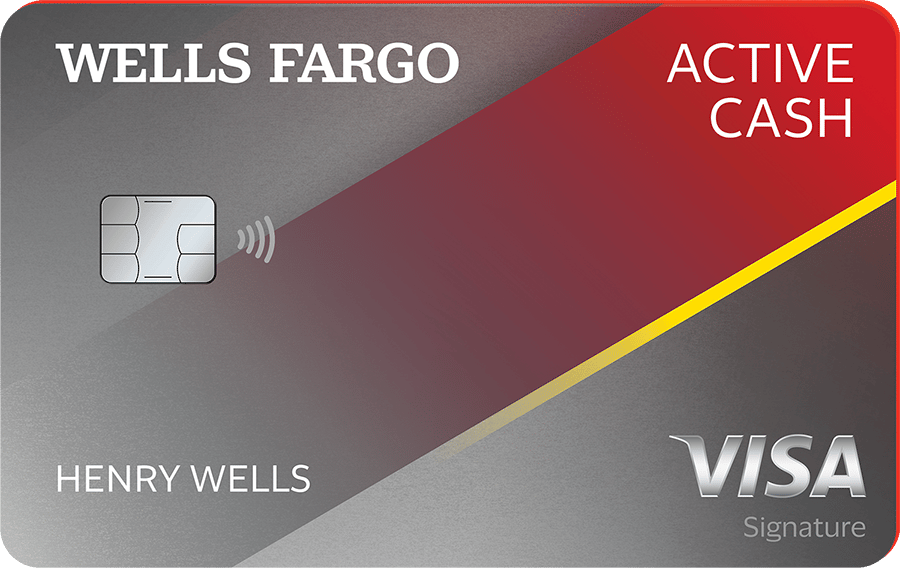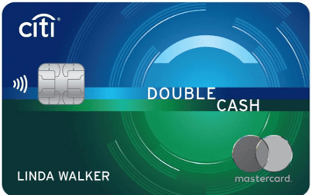5 Things to Know About the Firestone Credit Card
The Firestone credit card can help you finance a car repair or service at participating locations, but it’s not without potential risks.

Many or all of the products on this page are from partners who compensate us when you click to or take an action on their website, but this does not influence our evaluations or ratings. Our opinions are our own.
The Firestone credit card, issued by the Credit First National Association bank, comes in two no-annual-fee versions: One is a Mastercard that can be used anywhere Mastercards are accepted, while the other is a private label card that can be used only at Firestone Complete Auto Care, Tires Plus, Wheel Works and participating partner locations.
While its instant accessibility makes it convenient for financing an urgent car repair, it's not the most valuable option, and the rewards and redemptions are more complicated than they need to be. By comparison, other rewards credit cards can offer more flexibility, better rewards and an easier redemption process.
Still, you may have to wait for most of those credit cards to arrive in the mail before you can use them. On that score, the Firestone credit card has an edge because it can be used immediately after approval at participating automotive retailers. But while it may be fast and easy, it’s not without risks.
Here’s what you need to know before giving this card the green light.
1. The two cards offer different terms
With no annual fee, either version of the Firestone credit card is easy to keep open without an impact on your budget. And you'll always have it on standby for future repairs or maintenance purchases. But there are some differences to be aware of.
Your creditworthiness and other factors will determine which one you’re eligible for, according to Jennifer Shepard, manager of communications and special projects for Credit First National Association.
Here's how the two versions of the card compare:
Firestone credit card | Firestone Mastercard | |
|---|---|---|
Annual fee | None. | None. |
Merchant acceptance | Firestone Complete Auto Care, Tires Plus, Wheel Works and participating partner locations only. | Everywhere Mastercard is accepted. |
Rewards | Up to 4% back in rewards at Firestone Complete Auto Care only. |
|
APR | 29.99% (rate accurate as of August 2023). | 26.99% (rate accurate as of August 2023). |
Financing options | Promotional financing for six months on purchases of $149 and up. | Promotional financing for six months on purchases of $149 and up. |
Emergency car repairs happen. While the right credit card can lessen the blow to your finances, nothing beats being able to tap an emergency fund to avoid taking on debt. Aim to save up to $500 for an emergency car repair, even if you can put away only $5 per week.
2. Rewards are complicated
Both versions of the card separate cardholders into three different tiers based on how much they spend annually at Firestone Complete Auto Care locations. The myCFNA Rewards Program tiers include:
The Passenger (tier 1): If you spend less than $1,250 annually with the card, you'll earn 3% back in rewards at Firestone Complete Auto Care locations.
The Driver (tier 2): If you spend between $1,250 and $2,499.99 annually, you'll also earn 3% back at Firestone Complete Auto Care locations, but in addition you get access to certain perks, such as extra rewards on your birthday, events that award you "double points" and the ability to "bank" your points. (More on that in the next section.)
The Adventurer (tier 3): For spending over $2,500 annually, you'll earn 4% back at Firestone Complete Auto Care locations, as well as access to the perks from tier 2.
A 3% rewards rate is quite good, but snagging the 4% rate requires hitting a spending threshold. Also keep in mind that you're earning those rates "in rewards," not in cash back, so you'll face redemption limitations. (See below.)
If you want elevated cash-back rates on automotive purchases without having to worry about spending thresholds, consider a card like the $0-annual-fee Upgrade Triple Cash Rewards Visa®. It can be used anywhere Visa is accepted, and it earns 3% cash back on home, auto and health purchases, and 1% on everything else. You can also qualify with average credit (a FICO score of 630 to 689). It’s one of the few credit cards that earns bonus rewards on car repairs, including auto parts, purchases at car dealerships, car washes, auto repairs and towing services.
3. Redemptions come with restrictions
With a Firestone credit card, you can redeem rewards for tires or service at Firestone, Tires Plus or Wheel Works locations. Every time you earn 1,000 points, they are converted to a $10 reward certificate, which is automatically applied as a $10 statement credit when you make an eligible purchase — unless you're in tier 2 or 3, noted above. At either of those tiers, you can enroll in the "points banking" program to save points until you are ready to redeem them for a reward certificate. This option allows you to keep points longer and redeem them for larger purchases. Otherwise, points converted to rewards certificates expire within six months.
There are also limitations to keep in mind. Rewards certificates can only be redeemed in partial $10 increments. For instance, if you have $50 in rewards and want to cover a $35 purchase, you’ll only be able to redeem $30 in rewards. The other $20 will remain in the account to be used toward future purchases within the expiration window. This limitation can make it difficult to make the most of rewards, potentially leaving some unused and vulnerable to expiration dates. You’ll have to consider whether you spend often enough on automotive purchases to make the most of these redemption limitations.
It’s possible to earn a decent rewards rate that isn’t tied to a convoluted process like this one. With a card like the $0-annual-fee Wells Fargo Active Cash® Card, you can earn 2% cash back on all purchases without having to worry about tiers or expiration windows.
4. The perks can help
As a cardholder, you'll get 5% off your first purchase. So if you had a bill of, say, $500, you'd owe only $475. That's not a ton, but when it comes to an expensive car repair, any little bit saved can help. You also don't have to wait for this incentive, as you usually do with other credit card sign-up bonuses.
You can expect exclusive offerings that vary from time to time, too. Through Sept. 30, 2023, for example, a few discounts are available when you pay with the card: Get $20 off any $100 service purchase, $35 off fuel system cleaning and $50 off any standard brake service. Terms apply. And as noted above, birthday rewards and double points events are also available for tier 2 and tier 3 cardholders.
Those perks are decent, but if the maintenance or car repair can wait, it can be worth taking the time to apply for a credit card like the aforementioned Wells Fargo Active Cash® Card, which offers a healthy sign-up offer: Earn a $200 cash rewards bonus after spending $500 in purchases in the first 3 months. Depending on the cost of your repair, you could potentially meet that spending requirement in one transaction, effectively netting a big discount on it.
5. A deferred interest offer is risky
The Firestone credit card has a deferred interest offer that guarantees no interest if paid in full in six months on individual purchases of $149 or more made at Firestone, Wheel Works and Tires Plus stores. Pay careful attention to that “if,” though — because it can cost you big time if you're not careful.
What the terms mean
A deferred interest offer puts interest on hold for the duration of a card's promotional period. If you pay off the balance in full before that promotional window closes, you'll owe no interest. However, if you don't make that deadline, you’ll be socked with interest charges on the entire purchase amount, dating back to the time of the original transaction. At a high ongoing APR of 29.99% for the private label card and 26.99% for the Mastercard (as of August 2023), that could be costly indeed.
How a 0% APR card compares
With a true 0% introductory APR offer, you'll also owe interest the moment that promotional offer expires — but only on your remaining balance, if you have one.
If you have time to apply and wait for a card to arrive in the mail, consider a low-interest credit card at a credit union or a card that offers a 0% intro APR period. The $0-annual-fee Citi Double Cash® Card can offer a 0% intro APR on balance transfers for 18 months, and then the ongoing APR of 18.24%-28.24% Variable APR. That’s much longer than the promotional period on the Firestone credit card.
If you have good credit (a FICO score of 690 or higher) and won’t be able to pay off a deferred interest offer by the deadline, it may be possible to move that balance to a balance transfer credit card to get more time to pay down debt. Just remember to weigh the cost of the balance transfer fee vs. the cost of the deferred interest charges to identify the better option.
Find the right credit card for you.
Whether you want to pay less interest or earn more rewards, the right card's out there. Just answer a few questions and we'll narrow the search for you.




